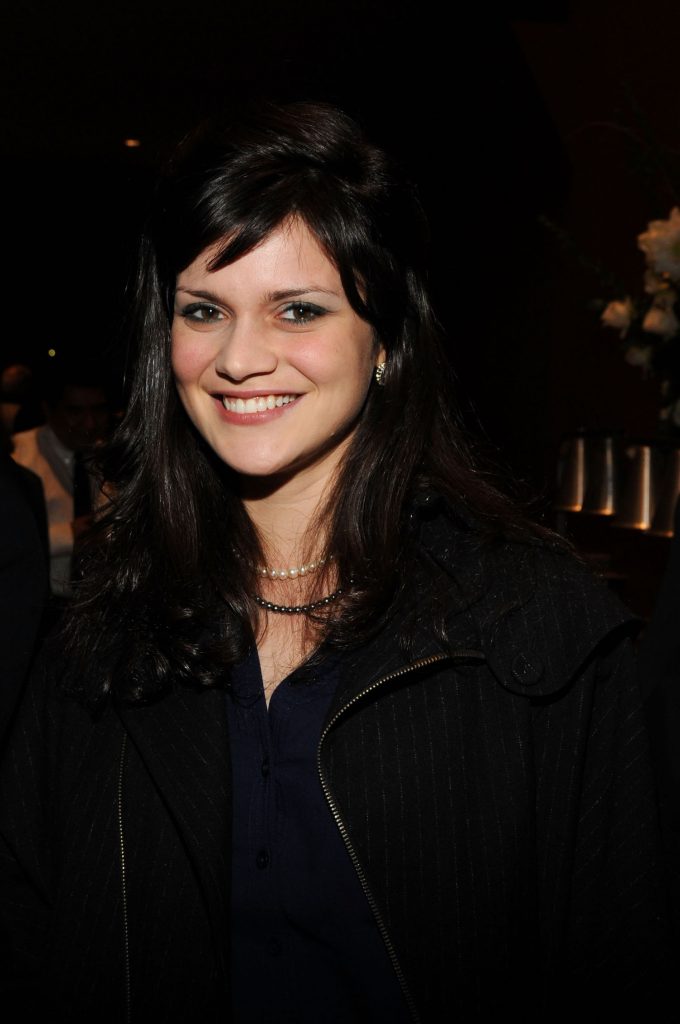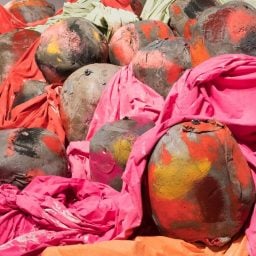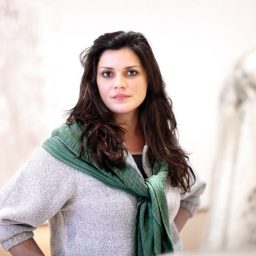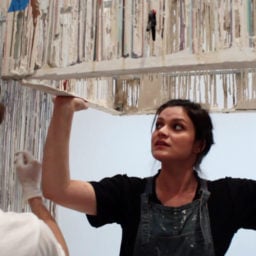A ruling issued this week by the New York State Supreme Court pulls back the curtain on dealer–artist financing agreements and may have rippling implications for artists’ rights under New York law going forward.
The decision, written by Judge Louis L. Nock in favor of sought-after artist Diana Al-Hadid in her legal battle against gallerist Marianne Boesky, which the dealer filed in early 2021, concerned ownership of a bronze sculpture that Al-Hadid created as part of a 2011 agreement in which Boesky’s company agreed to handle fabrication costs for three works plus two artist’s proofs.
At the time that Al-Hadid and Boesky gallery parted ways in 2019, which Boesky said was because the gallery “could no longer work with” the artist, one outstanding sculpture remained unsold.
According to Boesky’s original complaint, fabrication costs were $25,000 for each sculpture, and an email from the gallery to the fabricator listed sales prices of around $75,000 each. As part of the initial agreement, once the works sold, profits would be split three ways between the fabricator, artist and gallery. Boesky, who later bought the fabricator’s interest in the sculpture, claimed two-thirds ownership of the work.
According to the complaint, by the time of the split, Al-Hadid owed a “six-figure” amount to Boesky for “fabrication costs, rent for defendant’s studio, framing costs, and crating costs.” (Al-Hadid is currently represented by Kasmin in New York and Berggruen in San Francisco. The artist also works with Galleri Brandstrup in Oslo, Norway.)
In 2020, the two sides agreed to a confidential settlement as well as to mediation for any outstanding issues. But Boesky alleged that Al-Hadid did not consent to her efforts at mediation, which led the gallery to file the lawsuit in 2021.
But Judge Nock came down firmly on the side of the artist, writing in an 18-page decision that their deal was “silent on the issue of ownership.”
The agreement, he wrote, “does not employ any language conveying or transferring a partial ownership interest in the sculptures to [the gallery], nor do the terms clearly evince an intent to do so.”
Instead of a transfer of ownership, the agreement was for a consignment, whereby the gallery would try to sell the sculptures in exchange for a portion of the sales proceeds.
“Thus, the agreement is unambiguous as it does not confer or transfer an ownership interest in the sculptures to plaintiff.”
Notably, Nock added that Al-Hadid successfully demonstrated that the gallery’s ownership claim “runs afoul of the Arts and Cultural Affairs Law,” which designates the artist as the “creator of a work of fine art,” and therefore its owner.
“This decision is a resounding victory for Ms. Al-Hadid and all artists, protecting their ownership rights in their own artworks,” the artist’s attorney, Wendy Lindstrom, told Artnet News. “The court rejected Marianne Boesky Gallery’s claim of ownership by virtue of a profit-sharing agreement, finding the gallery’s position totally baseless. Of course, Ms. Al-Hadid is very proud to have her name on this decision, and we could not be more pleased with the result.”
But Paul Cossu, an attorney representing Boesky, said his client disagreed.
“The gallery purchased an ownership interest in the artwork directly and also advanced the production costs for the sculpture. The court wrongly held that the gallery is not entitled to recover either the ownership share that the gallery purchased, or the production costs that the gallery advanced. To allow Ms. Al-Hadid to retain the entirety of the eventual sale proceeds without paying the gallery its share would be unjust, both legally and morally, punishes the gallery for being supportive of the artist when the artist could not afford to fabricate the sculpture, and does not reflect the agreement that was reached with the artist.”
He added that the gallery will now appeal the decision.
The auction record for a work by Al-Hadid is $62,500, set at a Christie’s Dubai in 2014, according to the Artnet Price Database.









